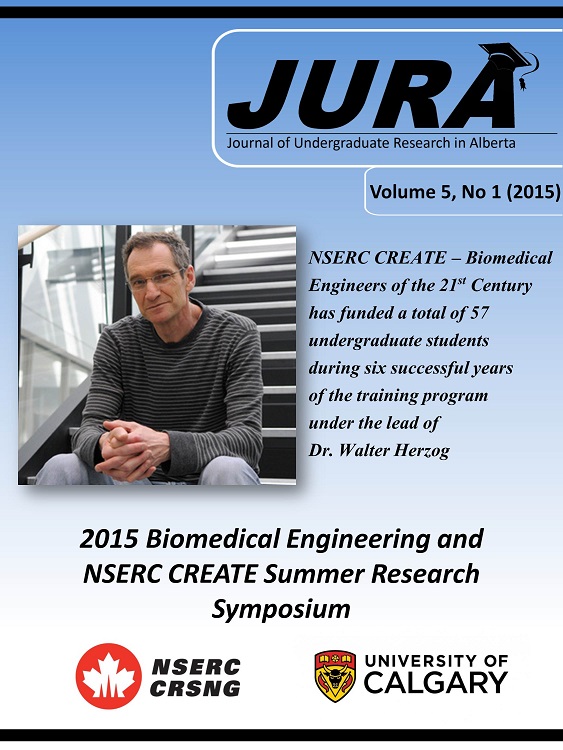DIET INDUCED OBESITY MAY AFFECT THE FORCE-VELOCITY RELATIONSHIP IN RAT SOLEUS
Keywords:
Obesity, Muscle, Force-VelocityAbstract
INTRODUCTION
Obesity is associated with chronic, low-grade inflammation that has been shown to affect several musculoskeletal tissues [1]. Previously, we observed that diet induced obesity (DIO) using a high-fat, high sugar diet results in molecular and morphological alterations in muscles, including an increase in intramuscular fat. However, it remains unclear if these alterations affect muscle function, as few studies have characterized the functional properties of muscles in obese individuals [2]. Arguably, one of the most important functional properties of skeletal muscle is the force-velocity relationship (FVR). When muscles are shortening at increasing velocities, force decays exponentially as the proportion of attached cross bridges and the average force per cross-bridge decreases. As fat infiltration reduces the contractile material and structure of obese muscles, the functional properties of muscles, specifically the FVR may be affected. Therefore, the purpose of this study was to characterize the FVR in rat soleus muscles obtained from obese and normal rats. We hypothesized that soleus muscles of obese rats would produce lower absolute and relative forces at any given shortening velocity compared with muscles from control animals.
METHODS
Outbred, individually housed male Sprague-Dawley rats, aged 10-12 weeks, were randomized to a high fat, high sugar diet (DIO, 40% fat 45% sucrose, n=9) or a standard chow diet (n=5, chow, 12% fat, 0% sucrose) for 12 weeks. Prior to surgery, animals were sedated, weighed, and body composition was quantified using dual energy X-ray absorptiometry. The right soleus muscle was exposed and a custom cuff-type electrode was implanted on the tibial nerve. The soleus tendon was isolated from the Achilles with the calcaneus attached and fixed to a motor along the muscle’s natural alignment. The muscle was then stretched to its optimum length and electrically stimulated at 35Hz at 2.5x the motor unit threshold [3]. An isometric force reading was acquired over 2.5 s stimulation. The soleus was then stretched past its optimum length and shortened at increasing velocities, a force reading was collected at optimal length using Windaq Software. Data were collected at 1000Hz. Forces during shortening were measured at the same length and time point as the isometric reference force. This process was repeated for shortening velocities increasing from 2 mm/s to 70 mm/s. Animals were sacrificed and soleus muscles were harvested and weighed. Data were processed using a custom Matlab ® zero-phase filter program. Instantaneous forces were normalized to the peak isometric force for each animal. Comparisons were made using a Student’s t-tests, α=0.05.
RESULTS
On average, DIO animals had higher body mass and body fat compared to the control rats (p<0.001). Soleus mass was similar between DIO animals and chow (p=0.321), as was peak active isometric force (DIO: 2.48±0.10 N, chow: 2.08±0.33 p=0.183). FVR relationships were statistically different at shortening velocities between 3 and 35 mm/s (DIO > Chow at each given velocity; p<0.05, Fig. 1).
DISCUSSION
The results opposed the expected outcomes of this study and, therefore, the hypothesis was not satisfied. These findings could be due to a higher proportion of fast twitch fibers in the DIO or longer fascicle lengths in the DIO rats, but these speculations remain to be tested. Another possible explanation involves a potential increase in sensitivity to stimulation in the DIO soleus muscle resulting in increased force. Future work will examine other structural levels and muscle contractile proteins to understand these preliminary findings.
Downloads
References
2. Ciapaite et al. J Nutr Biochem. 26:155-164, 2015.
3. Hisey et al. J Biomech. 42:1488-1492, 2009.
Downloads
Published
Issue
Section
License
Authors retain all rights to their research work. Articles may be submitted to and accepted in other journals subsequent to publishing in JURA. Our only condition is that articles cannot be used in another undergraduate journal. Authors must be aware, however, that professional journals may refuse articles submitted or accepted elsewhere—JURA included.


